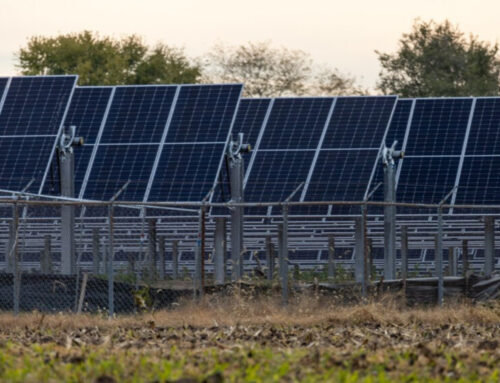Mid-Ohio Valley Climate Corner: The promise of heat batteries for cleaner air
October 31, 2025

(Mid-Ohio Valley Climate Corner – Photo Illustration – MetroCreativeConnection)
The Mid-Ohio Valley stands at a pivotal moment in its industrial history, if its businesses choose to lead and remain competitive. For decades, the region’s industrial and commercial activities have been reliant on energy sources that contribute to air pollution and environmental concerns. However, a new wave of sustainable energy storage technologies offers a transformative path forward: Rondo’s Heat Battery (https://www.rondo.com/how-it-works) and Polar Night Energy’s Sand Battery (https://polarnightenergy.com/sand-battery/) are two such companies currently operating at scale. A 100-megawatt-hour Rondo ”heat battery,” is located at a Holmes Western Oil Corp in California and a Polar Night Energy Sand Battery is deployed in Finland for district heating. These innovative solutions could dramatically alter the energy landscape of industrial activity, significantly improving pollution levels and reducing the environmental footprint in the MOV.
Industrial processes, particularly those involving high-temperature heat, are major consumers of fossil fuels. Furnaces, kilns, and other thermal operations generate substantial greenhouse gas emissions and particulate matter, directly impacting local air quality and contributing to climate change. The Heat Batteries present a compelling alternative by providing cost-effective and clean thermal energy storage.
Energy storage from home up to industry is also how we avoid raising electric rates unnecessarily by lowering peak electricity demand and avoiding the costs of building new infrastructure and power plants for serving peak demand. Rondo’s Heat Battery is designed to convert electricity into high-temperature heat (over 1000°C) that can be stored in refractory materials and Polar Night Energy’s Sand Battery (up to 400°C) for extended periods.
This stored heat can then be discharged on demand to power industrial processes, effectively decarbonizing operations that currently depend on burning natural gas or other fossil fuels. Imagine a facility you pass on Route 7, currently using gas-fired boilers, switching to a Heat Battery. During off-peak hours or periods of high renewable energy availability, the battery charges, storing heat for industrial use. When the plant needs heat, it draws from this stored energy. This transition would directly translate to a significant reduction in localized air pollutants like NOx, SOx, and particulate matter, leading to cleaner air for communities throughout the MOV. The ability to store massive amounts of heat makes it ideal for balancing grid fluctuations and ensuring a steady supply of clean thermal energy, even when renewable generation is low.
The environmental benefits of integrating these technologies into the MOV’s industrial fabric are multifaceted. Firstly, a direct reduction in air pollution is an immediate win. Fewer emissions from industrial stacks would mean fewer respiratory illnesses, improved visibility, and a healthier environment for residents. Secondly, the shift away from fossil fuels would contribute to a significant decrease in the region’s carbon footprint, aligning with global efforts to combat climate change. Thirdly, by leveraging renewable energy sources, these battery systems promote energy independence and reduce the economic volatility associated with fluctuating fossil fuel prices. This stability can attract new, environmentally conscious industries to the region, fostering sustainable economic growth.
The adoption of Heat Batteries in the MOV would not only modernize industrial energy infrastructure but also demonstrate a commitment to environmental stewardship and the communities health. By embracing these innovative thermal energy storage solutions, the MOV has the opportunity to transform its industrial landscape into a cleaner, more sustainable, and economically resilient region for generations to come. The future of industrial activity in the valley should be powered not by combustion, but electricity.
***
Jonathan Brier is a Marietta, Ohio, resident, Information Scientist, Data Librarian, and an Eagle Scout. If you can reach him via https://brierjon.com or email: climatecorner@brierjon.com.
Search
RECENT PRESS RELEASES
Related Post



